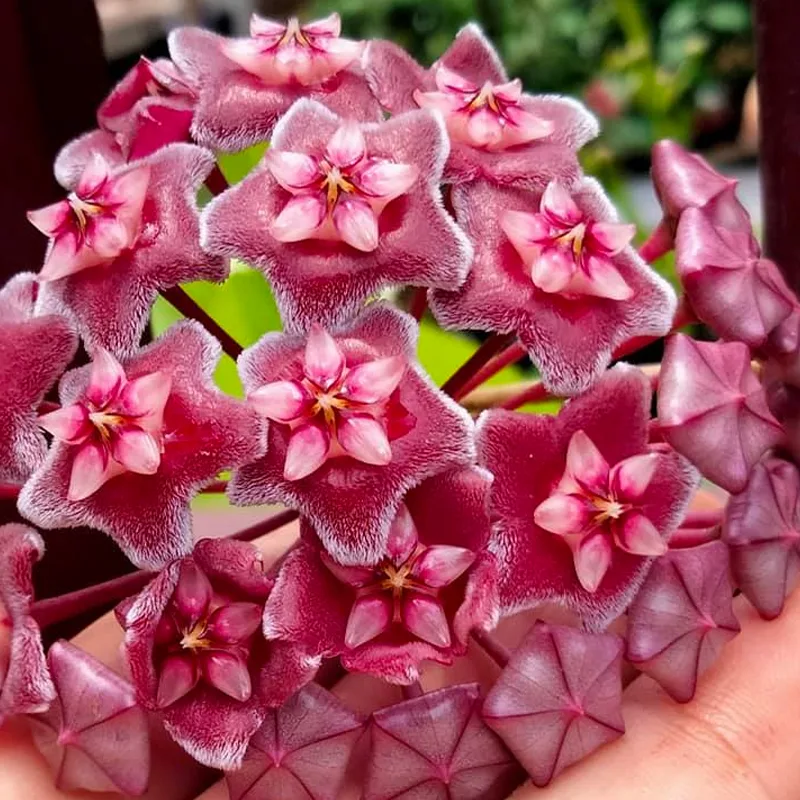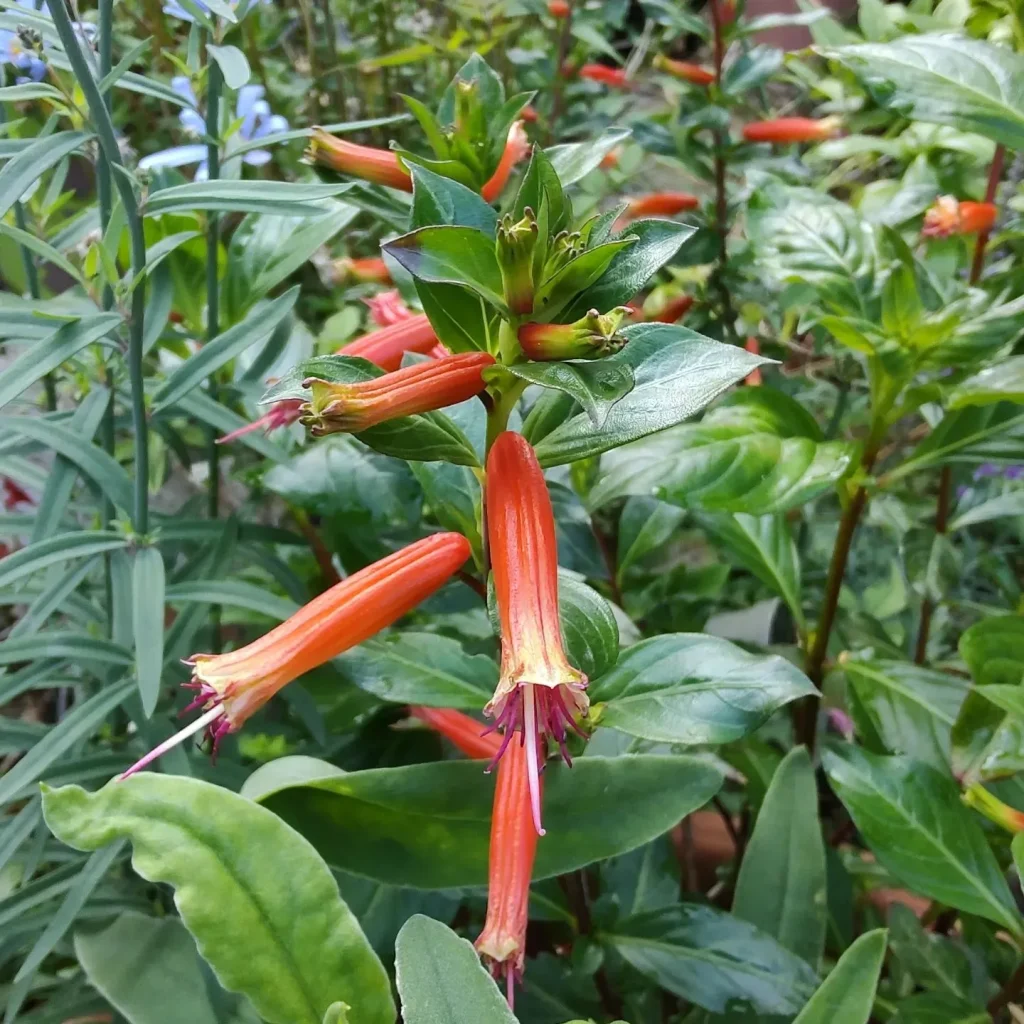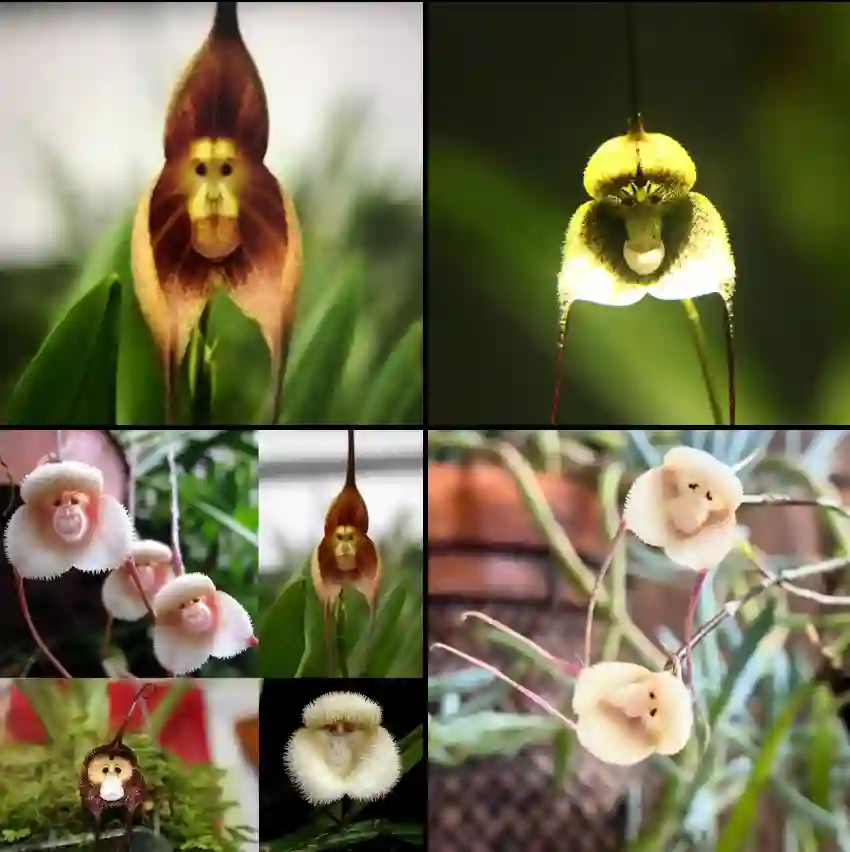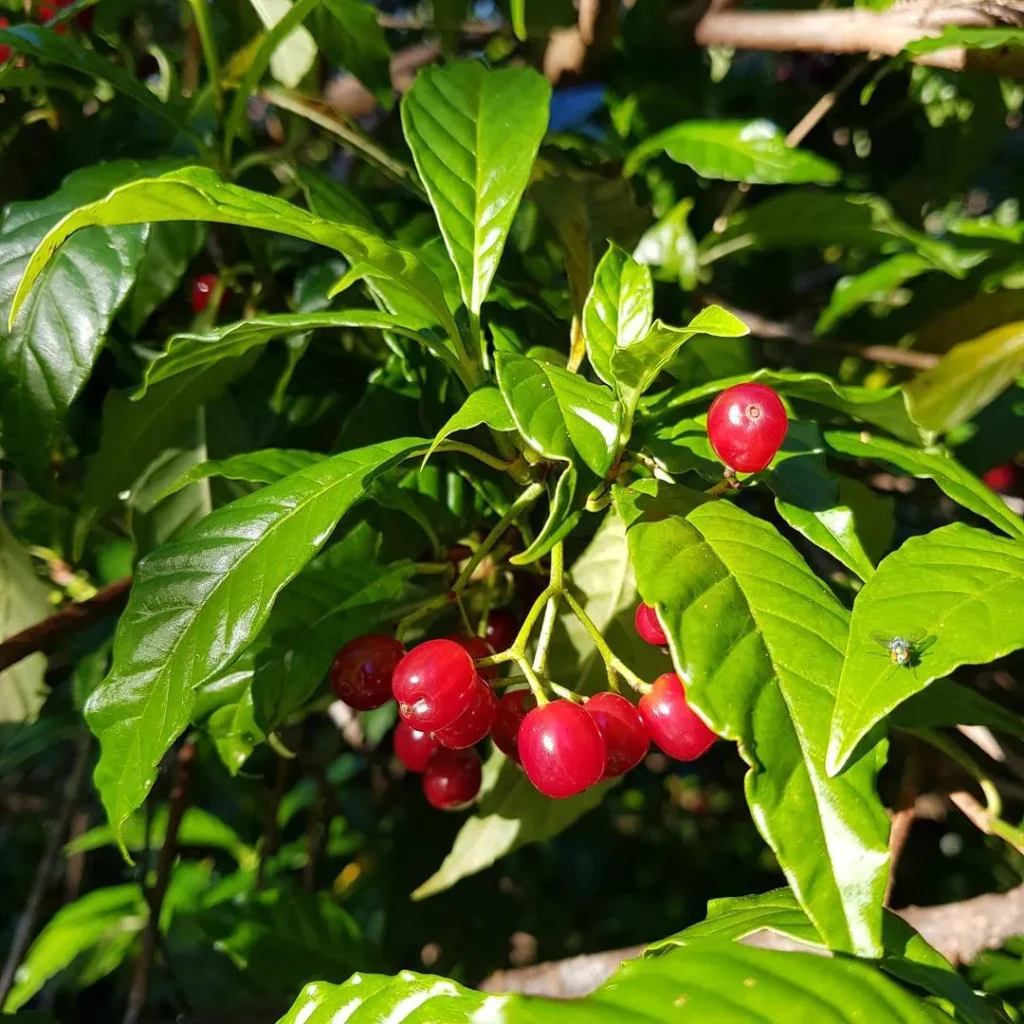FAQs About Justicia Gendarussa
Justicia Gendarussa, also known as the Gendarussa plant, is a fascinating species that has piqued my interest over the years. In this article, I’ll share everything I’ve learned about this plant, from its care needs to its benefits. Whether you’re a seasoned gardener or just curious, I hope these insights will help you better understand and appreciate this unique plant.
913 Species in Genus Justicia
What Is Justicia Gendarussa?
Justicia Gendarussa is a perennial herb native to tropical regions of Asia. It’s known for its striking appearance and medicinal properties. This plant typically grows as a small shrub, reaching heights of 2 to 3 feet. Its leaves are glossy and oval-shaped, while its flowers are tubular and often bright in color, ranging from white to pale pink.
How to Care for Justicia Gendarussa?
Caring for Justicia Gendarussa can be straightforward once you know its needs. Here’s a breakdown of the essential care requirements:
- Light: This plant thrives in bright, indirect light. While it can tolerate some direct sunlight, too much can scorch its leaves.
- Water: Keep the soil consistently moist but not waterlogged. Overwatering can lead to root rot, so ensure the pot has good drainage.
- Temperature: Justicia Gendarussa prefers warmer temperatures, ideally between 65°F to 85°F. It is not frost-tolerant, so it should be protected from cold drafts and freezing temperatures.
- Soil: Use well-draining potting mix. A mix that includes peat moss and perlite is ideal for promoting healthy root growth.
- Fertilizer: Feed the plant with a balanced, water-soluble fertilizer every 4-6 weeks during the growing season (spring and summer). Reduce feeding during fall and winter when the plant is less active.
How to Propagate Justicia Gendarussa?
Propagating Justicia Gendarussa can be done through stem cuttings. Here’s a step-by-step guide:
- Select Cuttings: Choose healthy, non-flowering stems that are about 4-6 inches long.
- Prepare the Cuttings: Remove the lower leaves from the cuttings, leaving a few leaves at the top.
- Rooting Medium: Place the cuttings in a pot with a well-draining rooting medium, such as a mix of perlite and peat moss.
- Watering: Water the cuttings lightly and cover them with a plastic bag or a clear plastic dome to maintain humidity.
- Light: Place the pot in a bright, indirect light location.
- Root Development: After a few weeks, check for root development by gently tugging on the cuttings. Once roots are established, transplant them into individual pots.
What to Plant with Justicia Gendarussa?
Justicia Gendarussa pairs well with other tropical and subtropical plants. Consider these companions:
- Coleus: Its vibrant foliage complements the Gendarussa’s unique look.
- Ferns: Ferns provide a contrasting texture and thrive in similar light and moisture conditions.
- Begonias: Their colorful blooms and foliage add interest to a mixed planting.
Is Justicia Gendarussa Toxic?
No, Justicia Gendarussa is not known to be toxic to humans or pets. However, as with any plant, it’s always wise to keep it out of reach of children and pets to avoid any accidental ingestion.
Benefits of Justicia Gendarussa
Justicia Gendarussa is not just a pretty plant; it also has several benefits:
- Medicinal Uses: In traditional medicine, it is used for various ailments, including skin conditions and respiratory issues. However, always consult with a healthcare provider before using it for medicinal purposes.
- Ornamental Value: Its lush foliage and vibrant flowers make it an attractive addition to gardens and indoor spaces.
- Air Purification: Like many houseplants, Justicia Gendarussa can help improve indoor air quality by filtering out pollutants.
Common Problems and Solutions
Despite its generally low-maintenance nature, Justicia Gendarussa can encounter some issues:
- Yellowing Leaves: This could be a sign of overwatering or poor drainage. Ensure the plant is not sitting in water and adjust your watering routine.
- Pests: Watch for common pests like spider mites or aphids. Treat infestations with insecticidal soap or neem oil.
- Leaf Drop: This may occur due to sudden changes in light or temperature. Keep the plant in stable conditions and avoid drastic environmental changes.
Comparing Justicia Gendarussa with Similar Plants
Justicia Gendarussa is often confused with Justicia carnea (Brazilian Plume Flower) and Justicia adhatoda (Vasaka). Here’s a quick comparison:
- Justicia carnea: Known for its showy pink or red plume-like flowers, this plant has a more upright growth habit compared to Gendarussa.
- Justicia adhatoda: This plant is used more commonly for its medicinal properties in traditional medicine, whereas Gendarussa is admired for its ornamental appeal.
In conclusion, Justicia Gendarussa is a versatile and attractive plant that can add beauty to any garden or indoor space. Its care requirements are manageable, and it offers several benefits, from its ornamental value to its medicinal uses. If you’re looking for a unique plant to add to your collection, the Gendarussa might just be the perfect choice!
If i die, water my plants!



